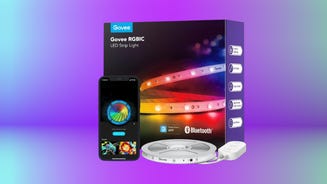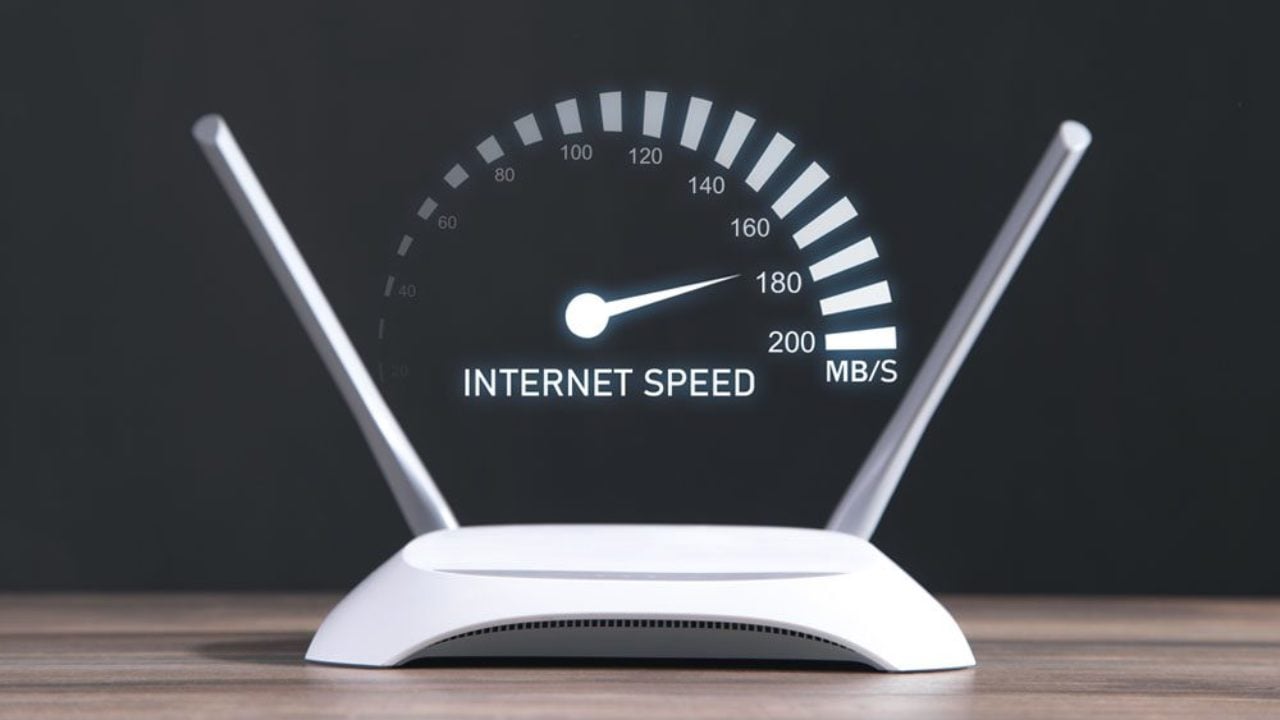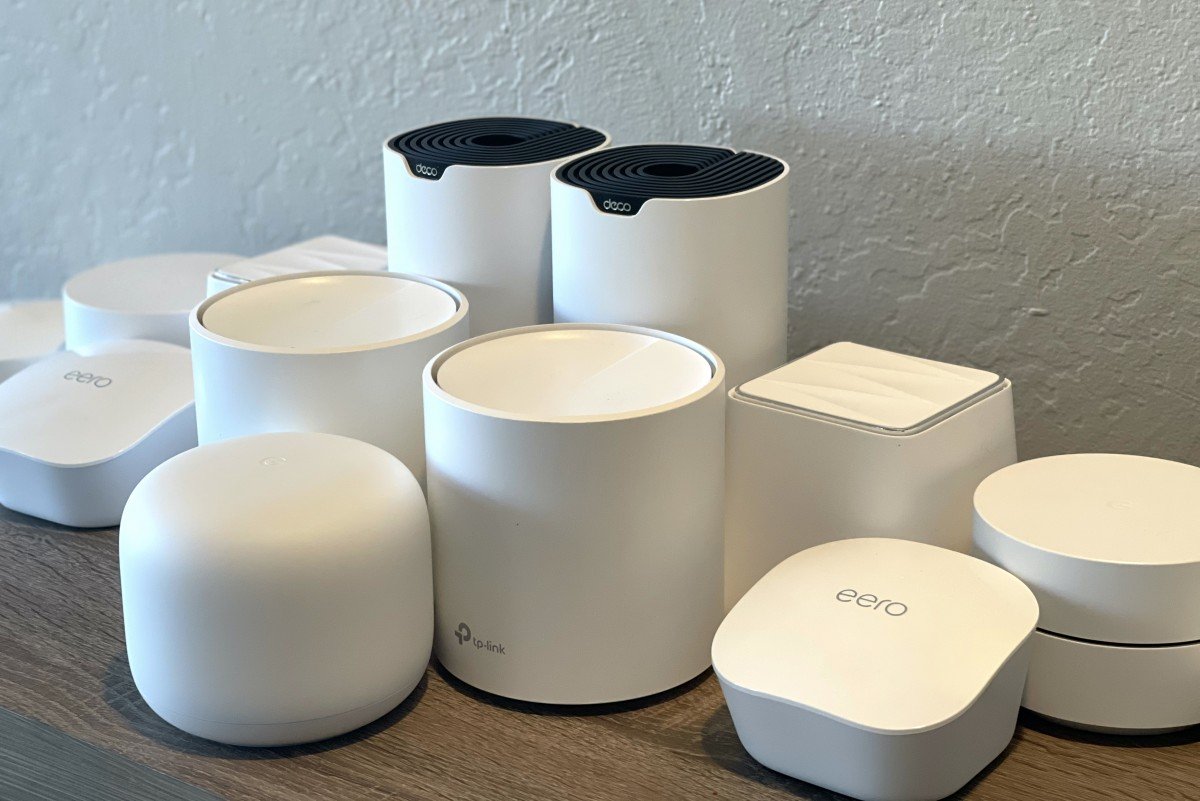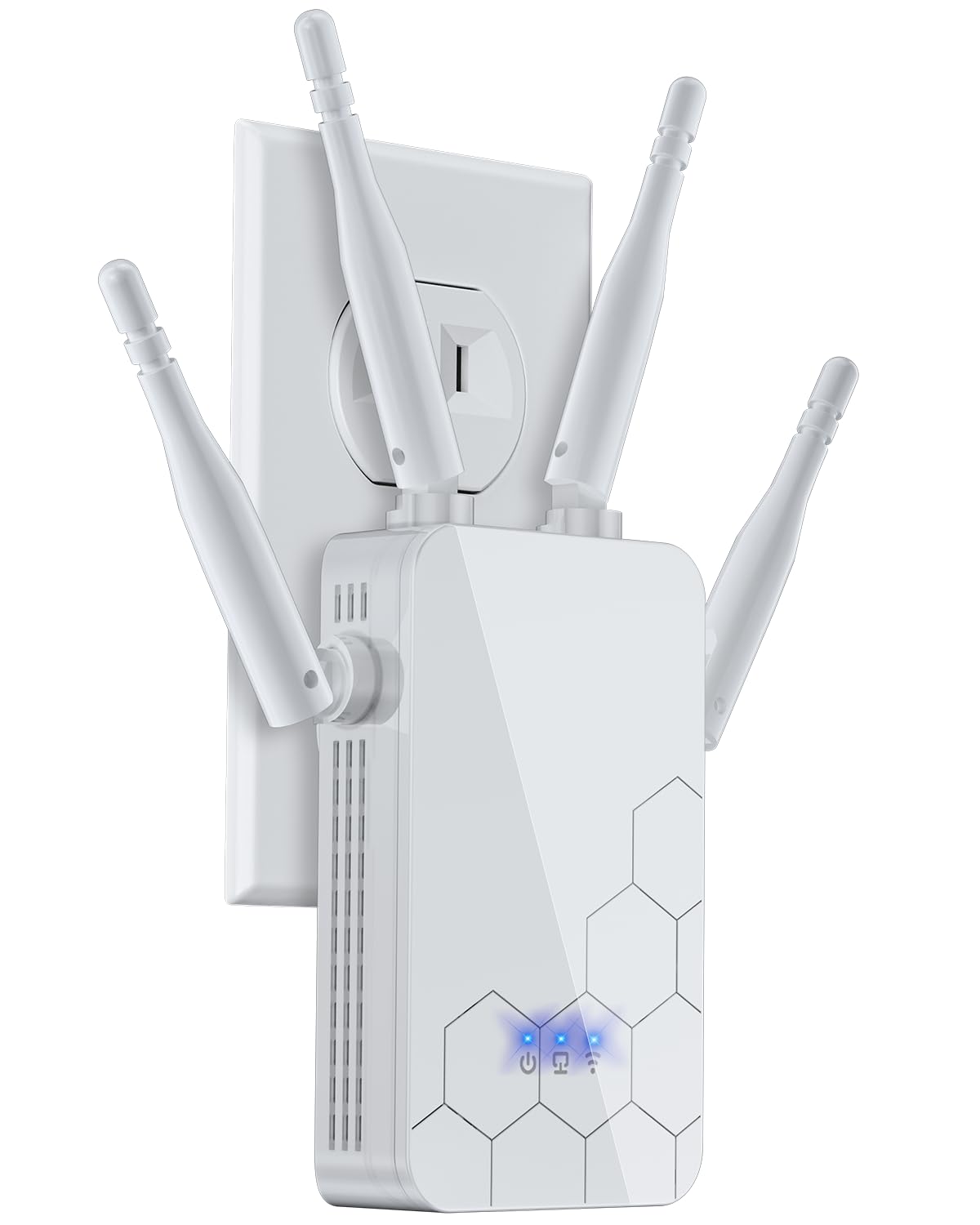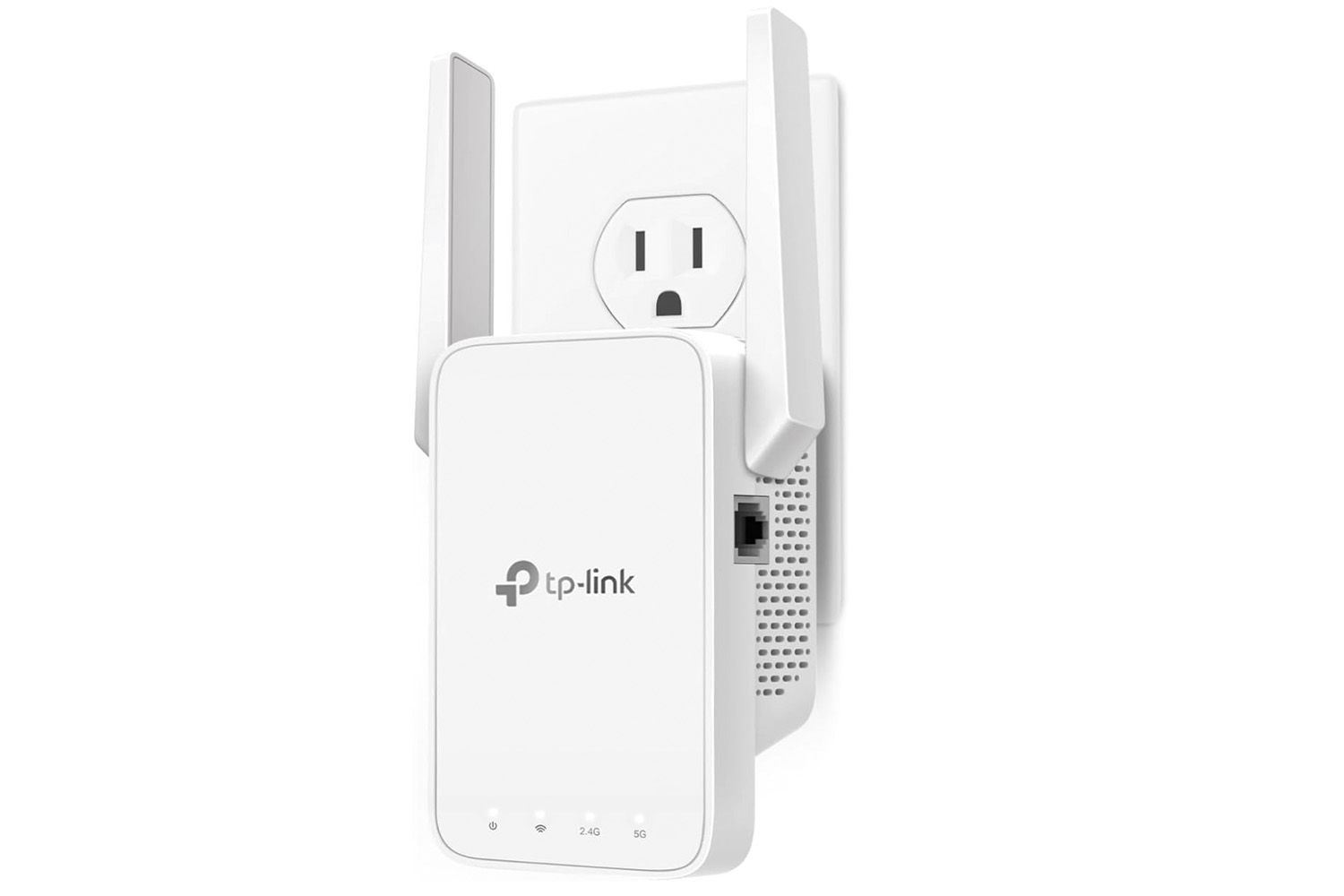Are you thinking about adding smart light strips to your space but aren’t sure if they’re the right choice? These colorful, flexible lights promise to change the way you brighten your home.
But like any gadget, they come with both benefits and drawbacks that could impact your daily life. Before you make a decision, it’s important to know exactly what you’re getting into. Keep reading to discover the key pros and cons of smart light strips so you can decide if they’re the perfect fit for you.

Credit: www.the-ambient.com
Benefits Of Smart Light Strips
Smart light strips are a popular choice for home lighting. They offer many benefits compared to regular lights.
These light strips can improve your home’s look and save energy. They are easy to use and add comfort.
Energy Efficiency
Smart light strips use LED technology, which consumes less power. This reduces your electricity bills over time.
You can set timers or schedules to turn lights off when not needed. This saves energy automatically.
Customization Options
Smart light strips come with many color choices. You can change colors to fit any mood or event.
Adjust brightness and patterns easily with an app. This lets you create a unique look for your space.
Ease Of Installation
Most smart light strips have adhesive backs. You can stick them to walls or furniture without tools.
They often plug into standard outlets and connect wirelessly to your phone. This makes setup fast and simple.
Smart Home Integration
Smart light strips work well with many smart home devices. You can control them with voice commands or apps.
Integration allows automation like turning lights on when you enter a room. This adds convenience and saves energy.
Mood Enhancement
Colored lights can change the atmosphere of a room. Use calm colors to relax or bright colors to energize.
Adjust light color and brightness to match your activities. This helps create the right mood for any moment.

Credit: www.the-ambient.com
Drawbacks To Consider
Smart light strips offer many benefits, but they also have some drawbacks. It is important to know these before buying.
This section explains common issues with smart light strips. Knowing these can help you make a better choice.
Initial Cost
Smart light strips often cost more than regular lights. The price includes technology and smart features.
This higher cost can be a problem for people on a tight budget. You may spend more upfront.
Connectivity Issues
Smart light strips need a good Wi-Fi or Bluetooth connection to work well. Weak signals cause problems.
Sometimes the lights may not respond or turn on. This can be frustrating and affect your experience.
Durability Concerns
Light strips are flexible but can be fragile. Bending or pulling too much may damage them.
The adhesive backing may lose stickiness over time. This can cause strips to fall off walls or surfaces.
Compatibility Limitations
Not all smart light strips work with every smart home system or app. Some may need specific hubs.
This can limit your options if you want to use other smart devices. Check compatibility before buying.
Potential Overuse
Using smart light strips all the time may increase your electricity bill. Lights left on waste power.
Overuse can also reduce the strips’ lifespan. Turning lights off when not needed helps save energy and money.
Choosing The Right Smart Light Strip
Smart light strips add color and brightness to any room. They come with many features to fit different needs.
Choosing the right one can improve your home lighting and make control easy. Consider a few key factors first.
Brightness And Color Range
Brightness controls how well the light fills your space. Some strips are very bright, others are soft.
Color range means how many colors the strip can show. Some strips offer millions of colors, while others have fewer options.
- Higher brightness works well in large rooms.
- Lower brightness suits mood or accent lighting.
- A wide color range allows for many moods and styles.
- Limited colors may be simpler to use.
Length And Flexibility
Light strips come in different lengths. Choose one that fits your space without many gaps.
Flexibility means how easily you can bend or cut the strip. This helps fit corners and shapes.
- Longer strips cover more area but may need extra power.
- Short strips fit small spaces or shelves.
- Flexible strips are good for curves and corners.
- Check if the strip can be cut to size without damage.
Control Methods
Smart light strips can be controlled in several ways. Pick one that suits your daily habits.
Some strips use apps on your phone. Others respond to voice commands or remote controls.
- App control lets you change colors and brightness easily.
- Voice control works with assistants like Alexa or Google.
- Remote controls offer quick access without a phone.
- Some strips support multiple control options.
Power Source Options
Power sources affect where you can place your light strips. Some plug into the wall, others use batteries.
Choose a power source that fits your setup and how often you want to recharge or replace batteries.
- Wall plugs provide constant power but need an outlet nearby.
- Battery-powered strips offer more placement freedom.
- USB-powered strips work well with computers or adapters.
- Consider power needs to avoid interruptions.
Installation Tips
Smart light strips are easy to install with the right steps. Good installation helps the lights last longer.
Follow simple tips to prepare your space and place the strips correctly.
Preparing The Surface
Clean the surface where you will stick the light strips. Dirt and dust can stop the strips from sticking well.
Use a cloth and rubbing alcohol to wipe the area. Let it dry before you start the installation.
Securing The Strips
Peel the backing from the adhesive on the light strip carefully. Press the strip firmly onto the surface.
Make sure the strip is straight and without bubbles. Use clips or extra tape if needed for better hold.
- Press every few inches to secure the strip
- Use mounting clips for corners or edges
- Avoid stretching the strip too much
Managing Cables
Keep the cables neat to avoid tripping and damage. Use cable clips or ties to bundle loose wires.
Plan the cable path before installation. Avoid placing cables near heat sources or sharp edges.
- Use adhesive cable clips for walls
- Bundle cables with zip ties or twist ties
- Keep cables away from water and heat
Testing Before Final Setup
Test the light strips before fixing them permanently. Plug in and turn on the lights to check all parts work.
Check the colors and brightness. Fix any loose connections or dead sections before final installation.
Maintenance And Troubleshooting
Smart light strips add color and style to any room. Keeping them working well needs some care. Troubleshooting helps fix common issues fast.
This guide covers cleaning, software updates, fixing connectivity, and replacing parts. Follow these tips to keep your lights bright and smooth.
Cleaning Guidelines
Dust and dirt can dull your smart light strips. Clean them gently to keep colors bright and clear. Avoid water or strong cleaners that can damage the lights.
- Turn off and unplug the light strips before cleaning.
- Use a dry, soft cloth to wipe the strip surface.
- Do not spray water or use wet cloths.
- Keep the connectors dry and clean.
Software Updates
Smart light strips work best with the latest software. Updates fix bugs and add features. Check for updates often using the app or control device.
- Open the app connected to your light strips.
- Look for software or firmware update options.
- Download and install updates when available.
- Restart the light strips after updating.
Fixing Connectivity Problems
Sometimes smart light strips lose connection to Wi-Fi or the control device. This stops remote control and automation. Try simple fixes to restore connection.
- Make sure your Wi-Fi is working properly.
- Restart your router and the light strips.
- Move light strips closer to the Wi-Fi router.
- Reset the light strips and reconnect them in the app.
Replacing Damaged Sections
Light strips can get damaged from bending or wear. Replace damaged sections to keep the lights safe and bright. Use original parts for best results.
- Identify the damaged section carefully.
- Turn off and unplug the light strips.
- Remove the damaged part using scissors or connectors.
- Attach a new section with proper connectors.
- Test the strip before mounting again.
Creative Uses For Smart Light Strips
Smart light strips are flexible and easy to use. They add color and style to any space.
People use them in many creative ways. Here are some popular ideas for smart light strips.
Accent Lighting
Accent lighting highlights parts of a room. Smart light strips can brighten shelves or walls.
You can change colors to match your mood or decor. They create a cozy or modern look.
Backlighting For Screens
Backlighting behind TVs or monitors reduces eye strain. It also makes the screen look bigger.
Smart light strips can sync with the screen. This adds an immersive effect for movies and games.
Themed Decorations
Use smart light strips to create themed rooms or parties. Change colors to match holidays or events.
They are easy to install and remove. This makes decorating fun and simple for any occasion.
Outdoor Ambiance
Smart light strips can brighten patios and gardens. They add a warm glow for evening gatherings.
Choose waterproof strips for safety. You can change colors to create different moods outside.

Credit: www.the-ambient.com
Frequently Asked Questions
What Are The Main Advantages Of Smart Light Strips?
Smart light strips offer customizable colors, easy remote control, energy efficiency, and enhance ambiance. They are flexible and can fit various spaces, making them ideal for mood lighting and decoration. Their smart features integrate with home automation systems for convenience.
Are Smart Light Strips Energy Efficient?
Yes, smart light strips use LED technology which consumes less power. They provide bright illumination while saving electricity compared to traditional bulbs. Many models have adjustable brightness, further reducing energy consumption and lowering your utility bills.
Can Smart Light Strips Be Controlled By Voice Assistants?
Most smart light strips are compatible with voice assistants like Alexa, Google Assistant, and Siri. This allows hands-free control, such as turning lights on/off or changing colors. Voice control adds convenience and enhances the smart home experience.
What Are The Common Drawbacks Of Smart Light Strips?
Smart light strips can be pricey compared to regular lighting. Some require stable Wi-Fi for full functionality. Installation can be tricky for beginners, and durability varies across brands. Additionally, overuse may cause eye strain due to bright or flashing lights.
Conclusion
Smart light strips offer both benefits and drawbacks. They enhance home ambiance and provide energy savings. However, they can be costly and sometimes require complex setups. Consider your needs and budget before purchasing. Compatibility with existing devices is crucial. Make sure your smart home system supports them.
Smart light strips bring convenience and style but demand careful planning. Choose wisely to make the most of your investment. Remember, technology should simplify your life, not complicate it. Always weigh the pros and cons before making a decision.
19 min read

